In any case, the event was a lot of fun, though we mostly spent our time chasing the toddler, who had fun for a while but eventually melted down due to overstimulation and no nap.
The coronation itself was truly wonderful. With King Yuri expiring on the throne and queen Sumayya stating (rightly) that as a Mongol queen she had a right to continue to rule, but she chose to pass the crown on to her heir, queen Gwen. Gwen also stated that she could choose to rule alone, but she opted to call her deceased husband back from Hel with the help of a truly impressive cadre of otherworldly-looking shieldmaidens. Floki obligingly returned, stating when the harvest came, he would be forced to return to Hel. I'm getting goose bumps just thinking about it.
The location, the Gem County Fairgrounds in Emmett, ID, worked really well for our group. I'd love to see them used again. For now, here's a quick pic, courtesy of my husband HL Aonghus, of our daughter and I in our red dresses enjoying the spring sun. You can see my hood a bit here, but I'll come back later and add some more pictures.
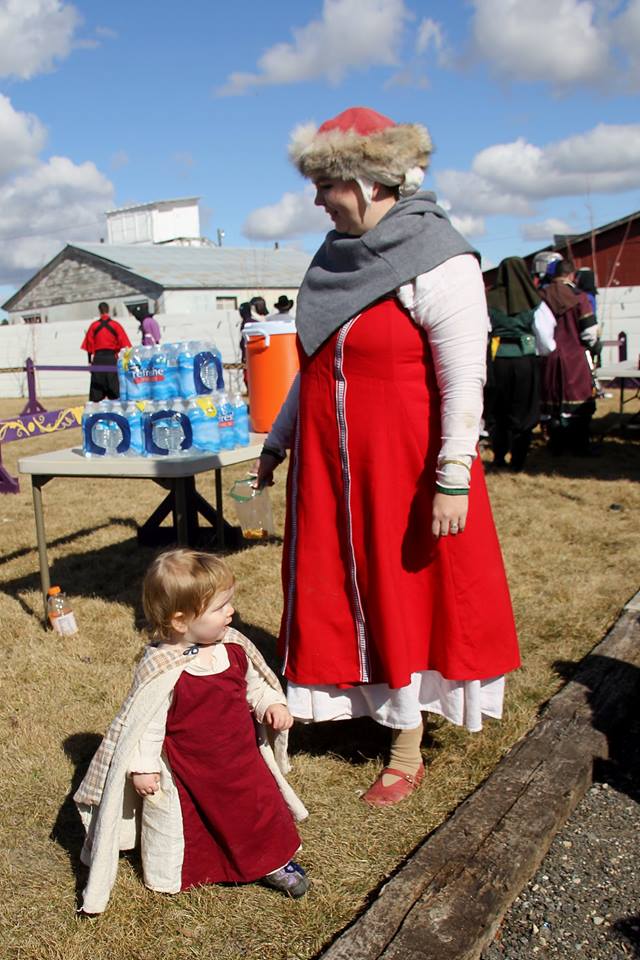
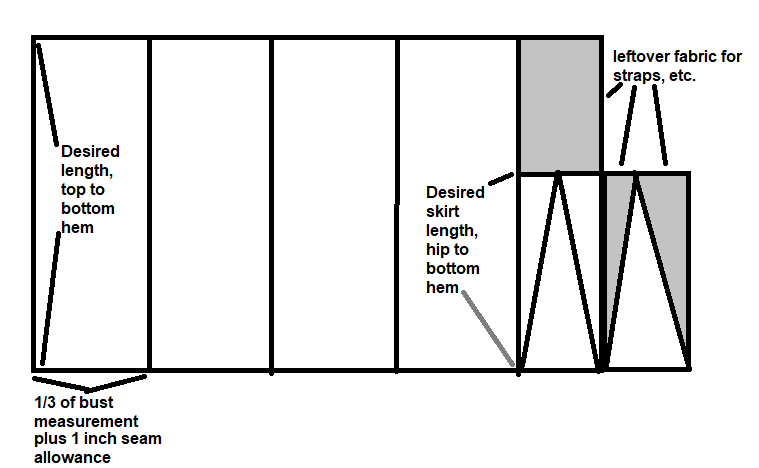
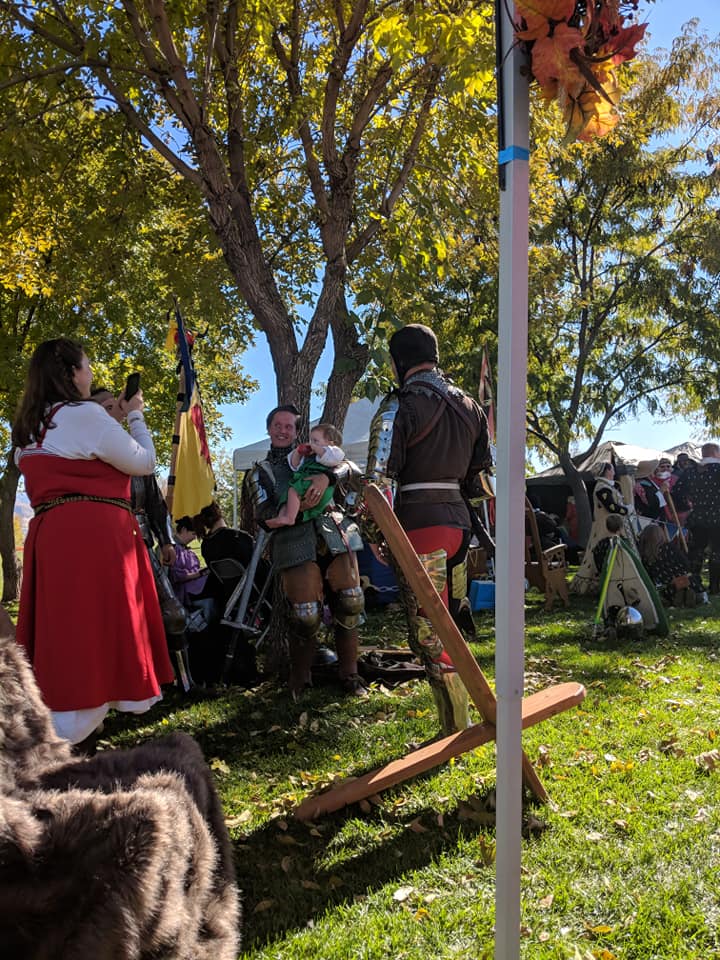
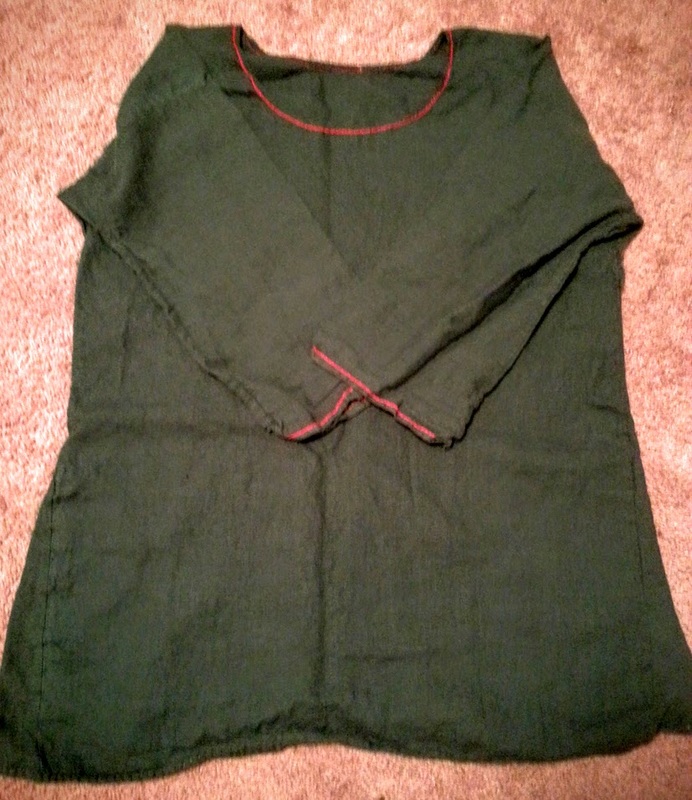
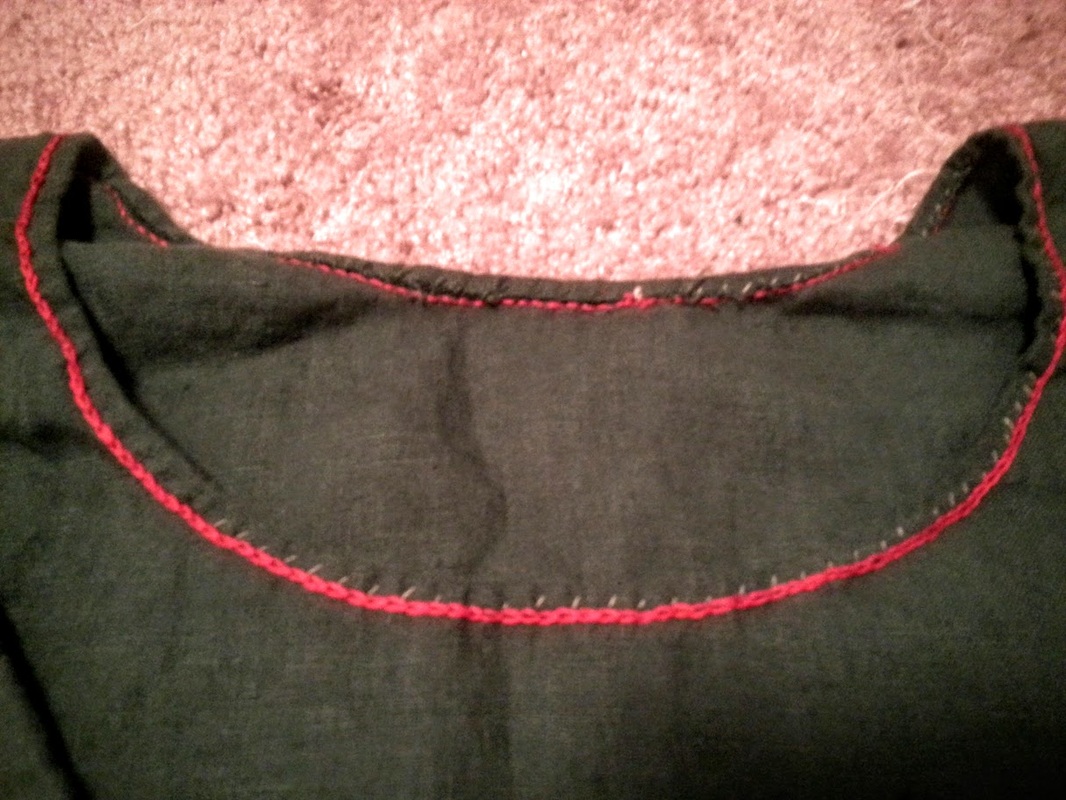
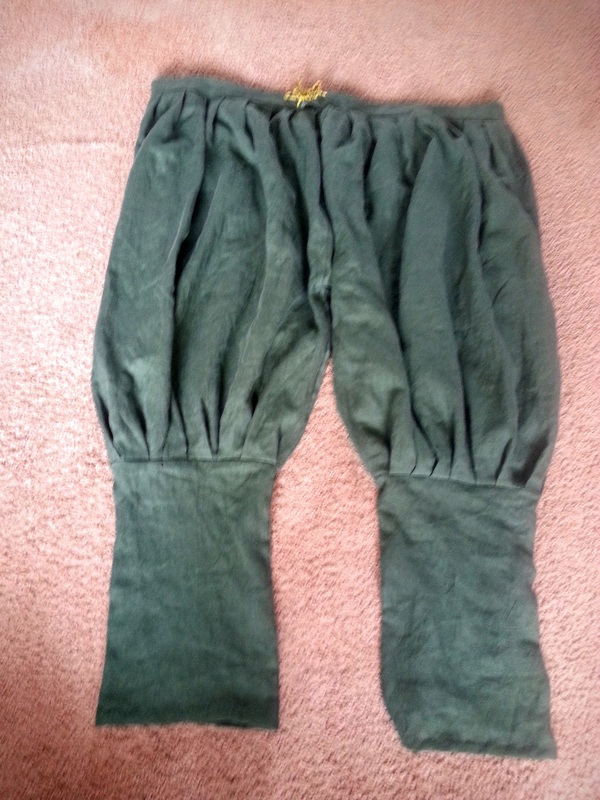
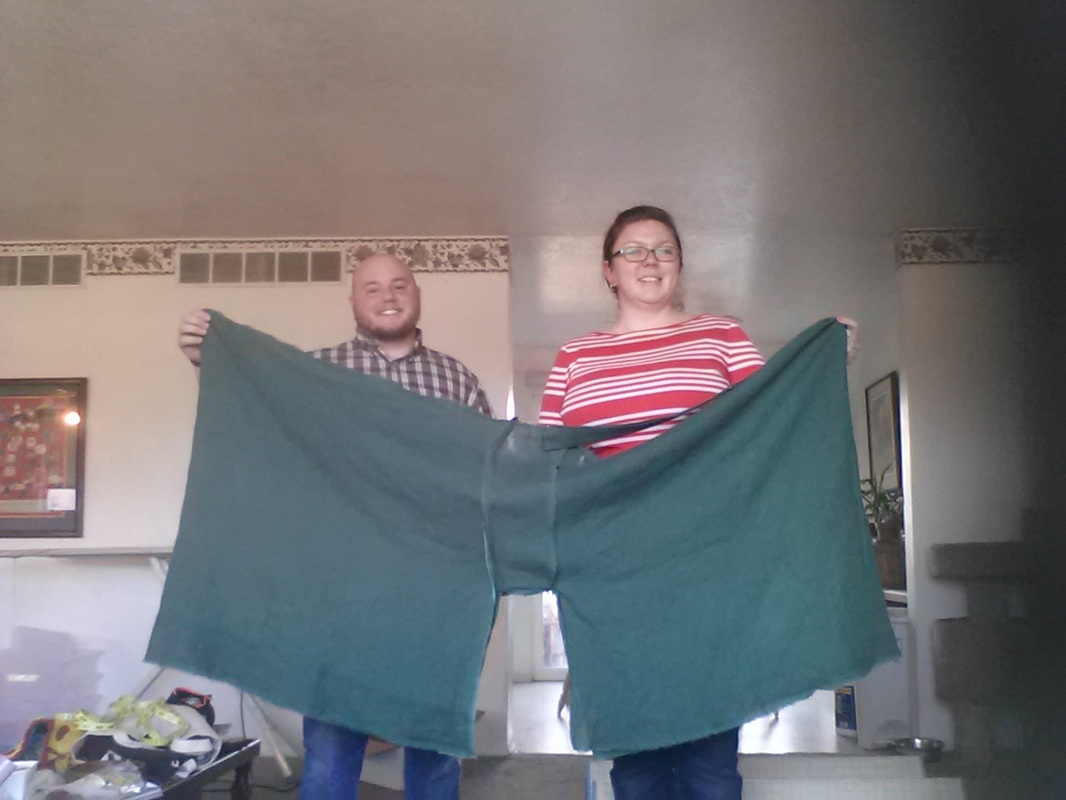
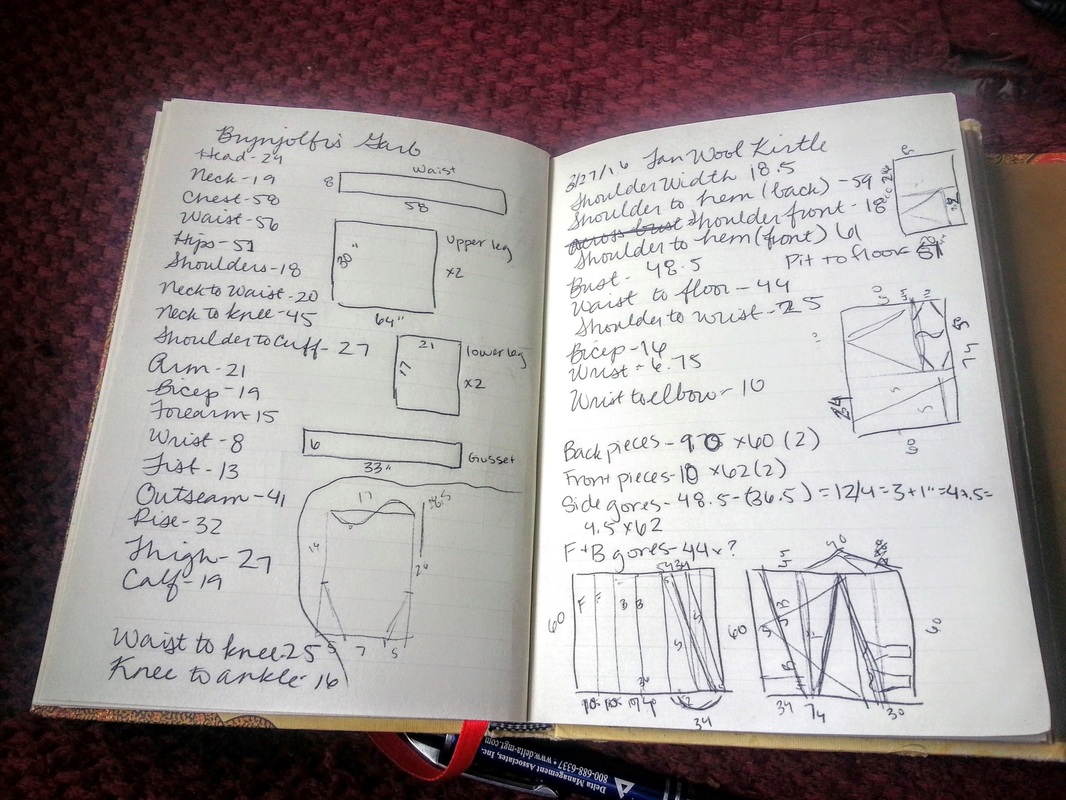
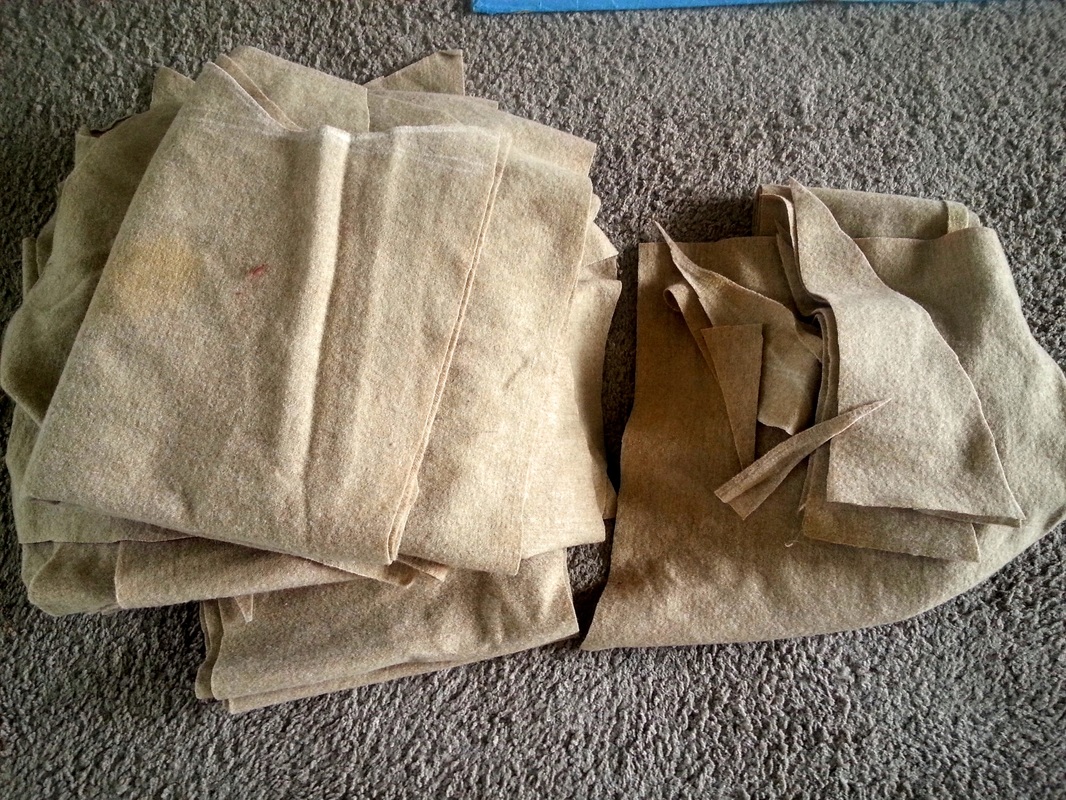
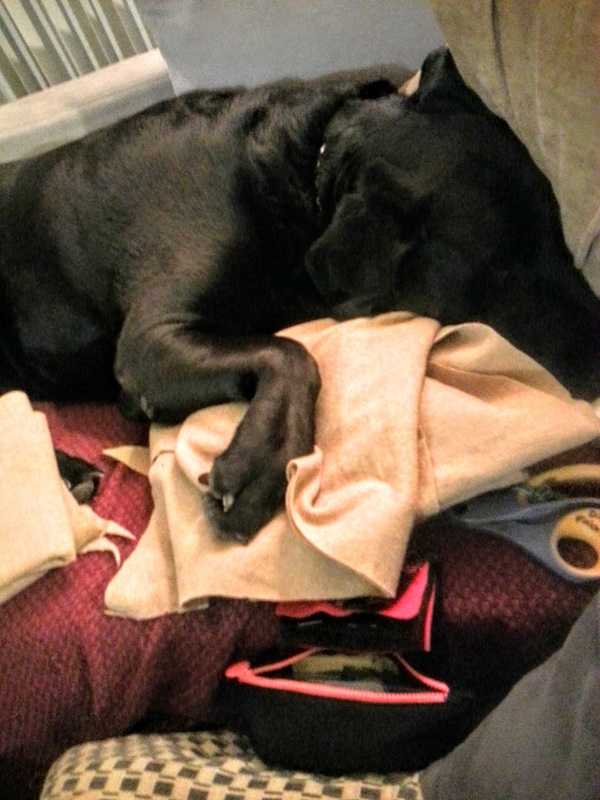
 RSS Feed
RSS Feed
